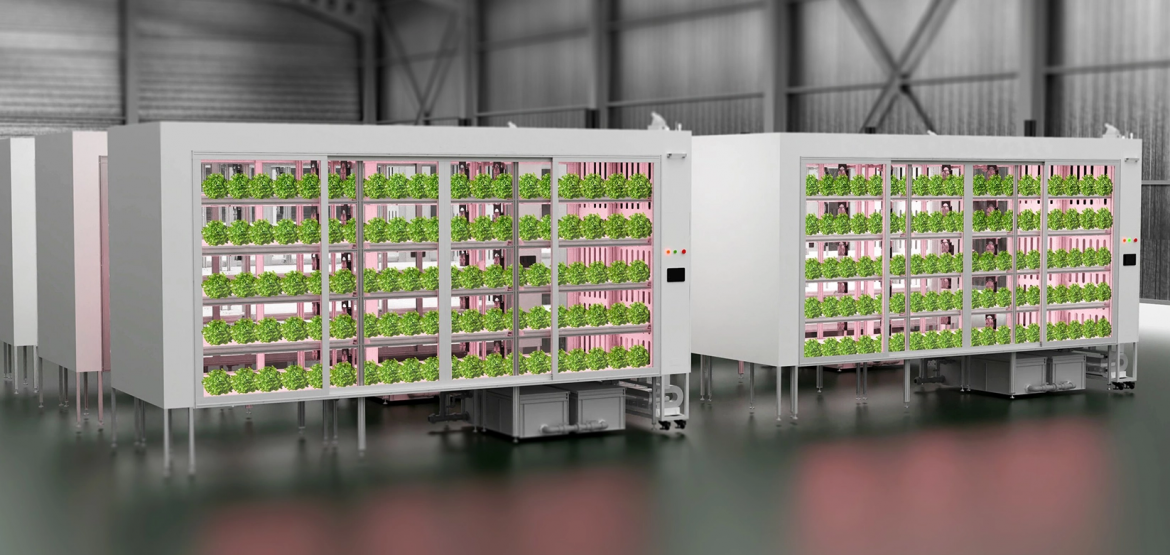As new technologies reshape food production and distribution, the global agricultural landscape is undergoing rapid transformation. With urbanization accelerating and traditional farmland decreasing, the vertical farming system has emerged as an effective alternative to conventional cultivation. By combining aeroponics, hydroponics, and controlled-environment technologies, this model allows for year-round production of high-quality crops in compact indoor spaces. Many agricultural investors and professionals are now asking: can aeroponic vertical farming truly be profitable in the long run?
Economic Advantages of Vertical Aeroponics
One reason vertical farming is gaining attention is that it helps produce more crops with lower input costs. Aeroponic setups can use up to 90% less water than traditional farming and significantly reduce the need for pesticides or fertilizers. The absence of soil not only prevents contamination but also lowers maintenance expenses. Additionally, these systems can be installed in warehouses, basements, or shipping containers—making them ideal for urban environments where land is expensive or limited.
The profitability of this model often depends on crop selection and market positioning. High-value crops such as herbs, leafy greens, and strawberries tend to provide faster returns. Because aeroponic vertical farms operate in controlled environments, they are less vulnerable to climate change or extreme weather events, offering consistent output and reliable profit margins for experienced growers.
Technological Innovation from 4D Bios
Companies like 4D Bios have taken the concept of vertical farming to the next level by integrating automation, digital monitoring, and AI-driven environment control. Established in 2018, 4D Bios has been dedicated to creating comprehensive plant factory solutions that align with global trends in sustainable agriculture. Their expertise lies in combining photobiology LED lighting, vertical structure design, plant nutrition optimization, and smart control systems to achieve precision cultivation.
Their Indoor Grow Box and Indoor Grow Box (Advanced Version) showcase how intelligent technology can simplify indoor cultivation. These systems are designed primarily for home or small-scale professional use, employing hydroponic and LED lighting techniques to provide all key essential growth factors. With one-touch activation, remote monitoring, and fully automated operation, users can maintain ideal growing conditions effortlessly. The model’s compact design (600mm × 375mm × 381mm, 24V/35W) allows it to operate efficiently with minimal power consumption—an advantage that appeals to both residential users and research institutions.
Conclusion
Aeroponic vertical farming may require significant initial investment, but its potential for high yield, space efficiency, and sustainability makes it a practical long-term venture. As agriculture continues to evolve, 4D Bios remains committed to supporting the industry with innovative plant factory solutions that merge science, automation, and environmental responsibility. Their intelligent growing systems provide experienced cultivators with the tools needed to achieve profitability and resilience in modern agriculture.

